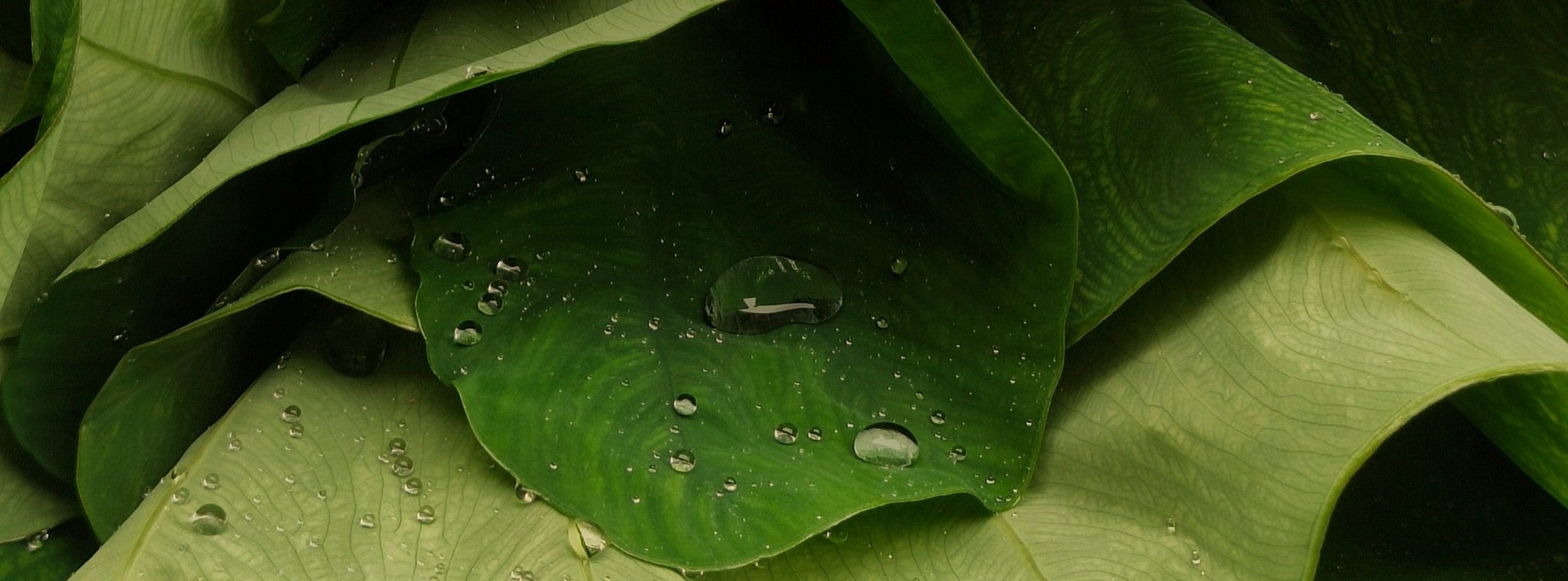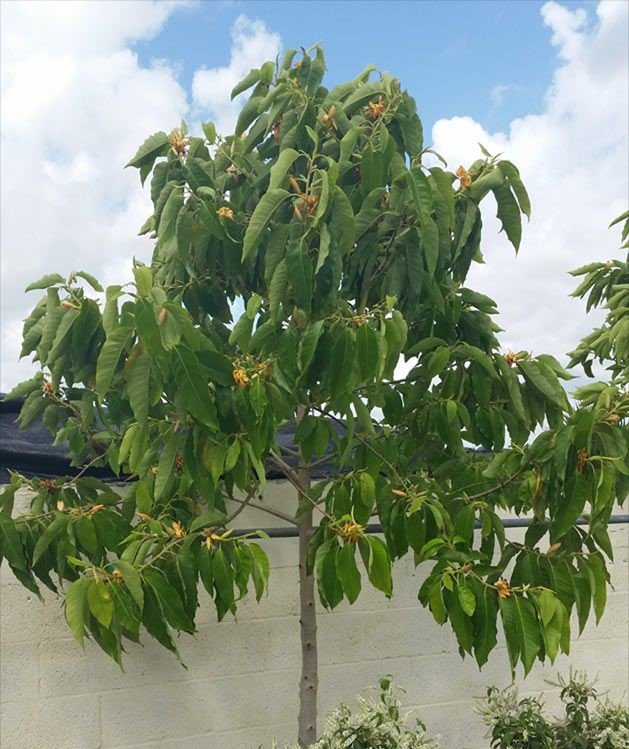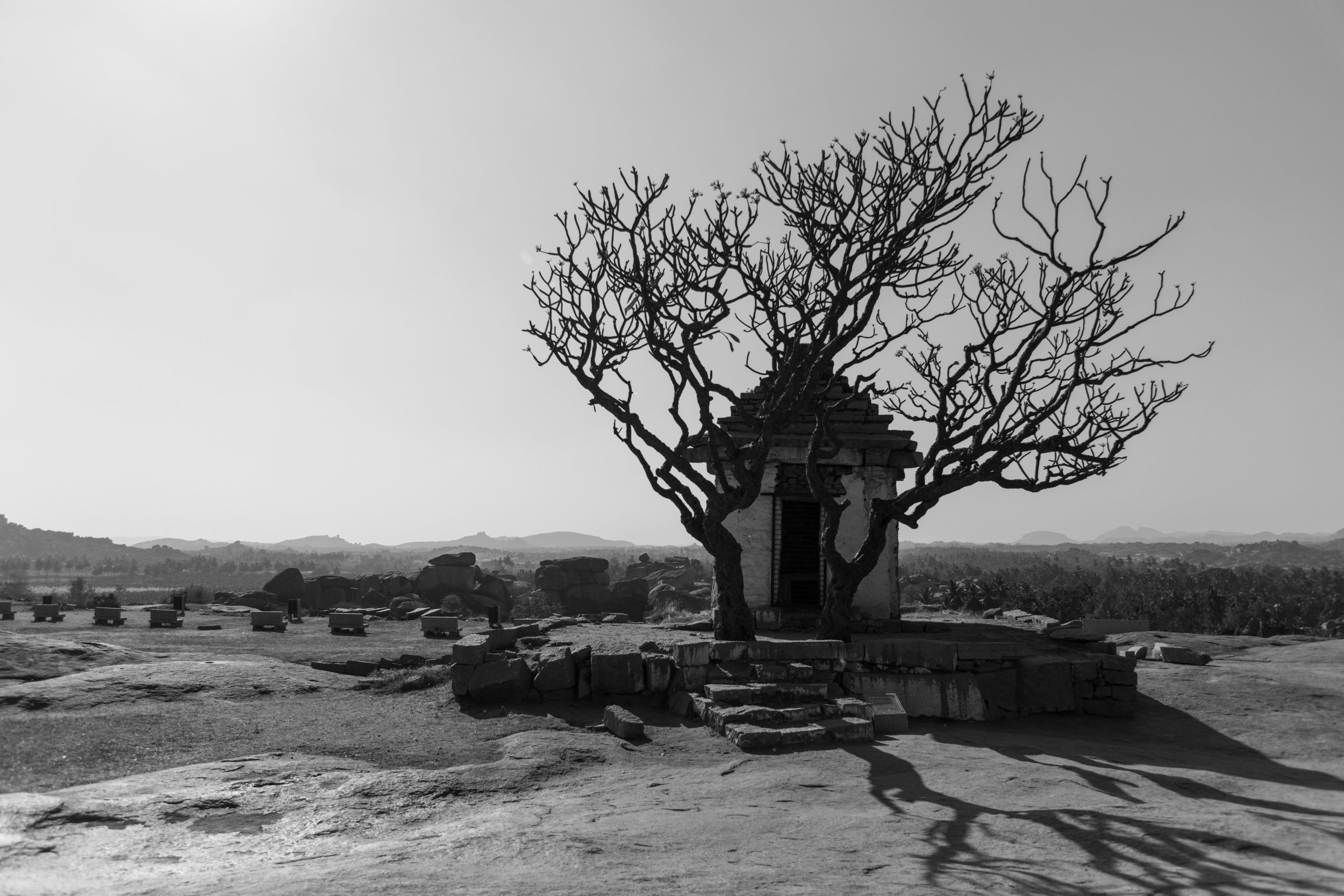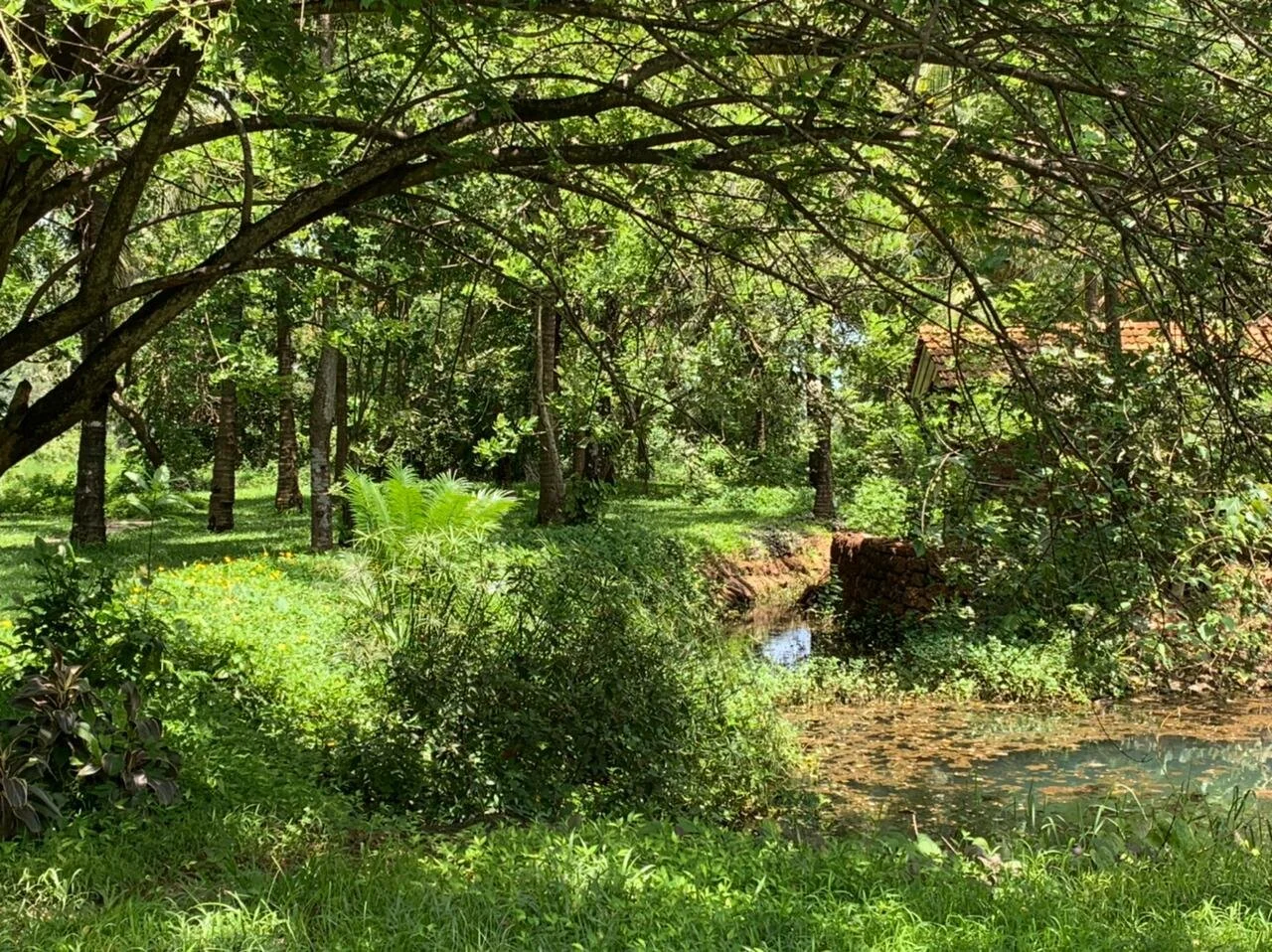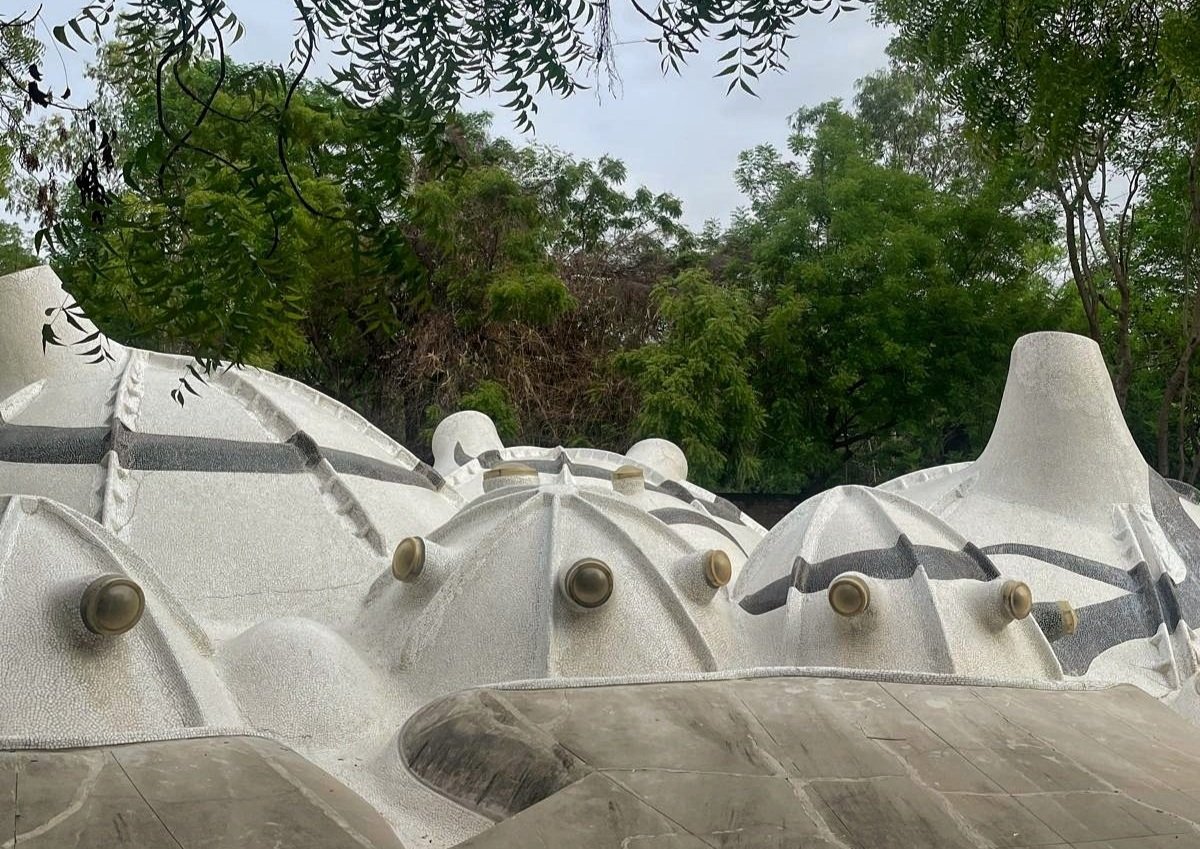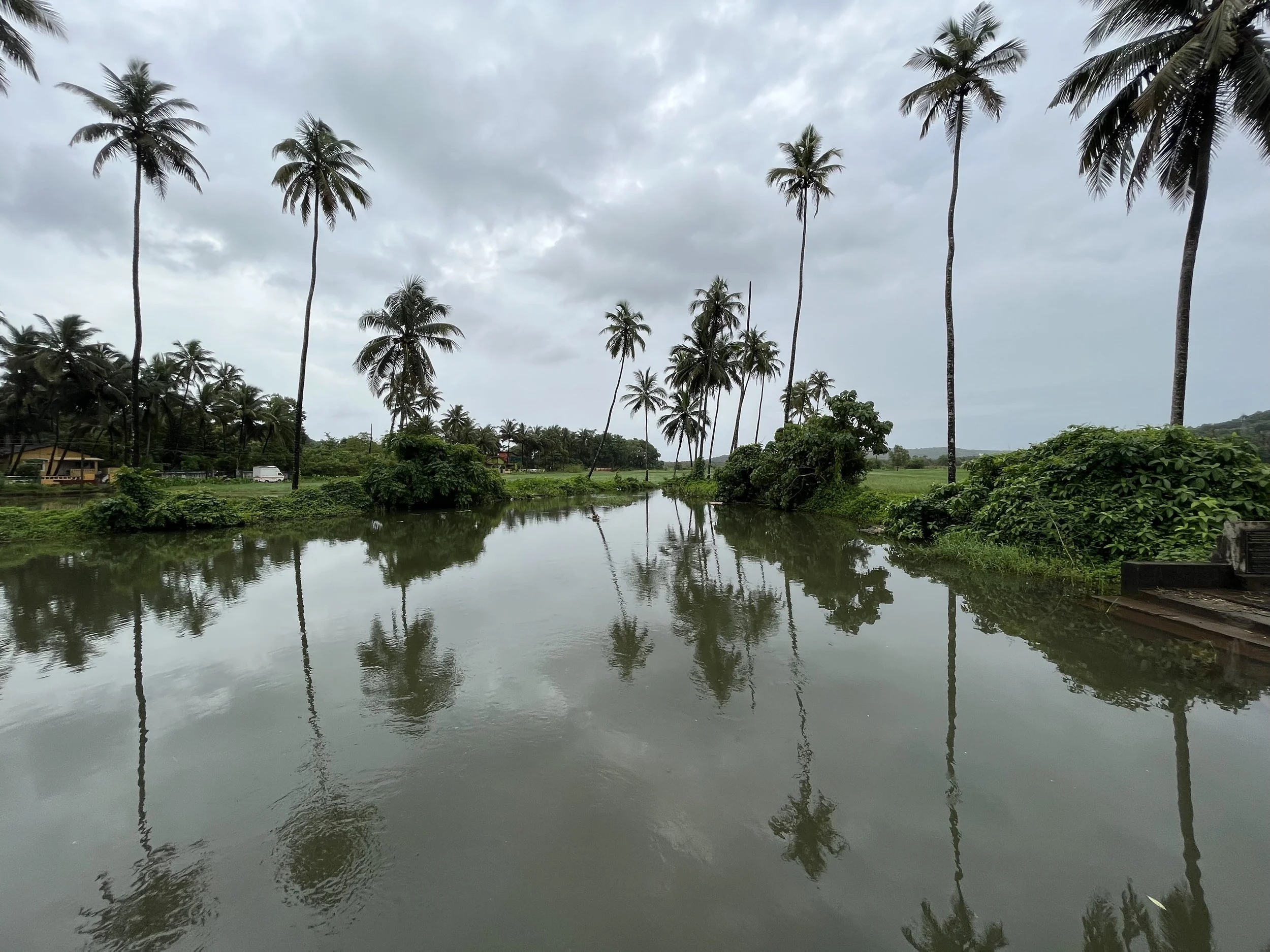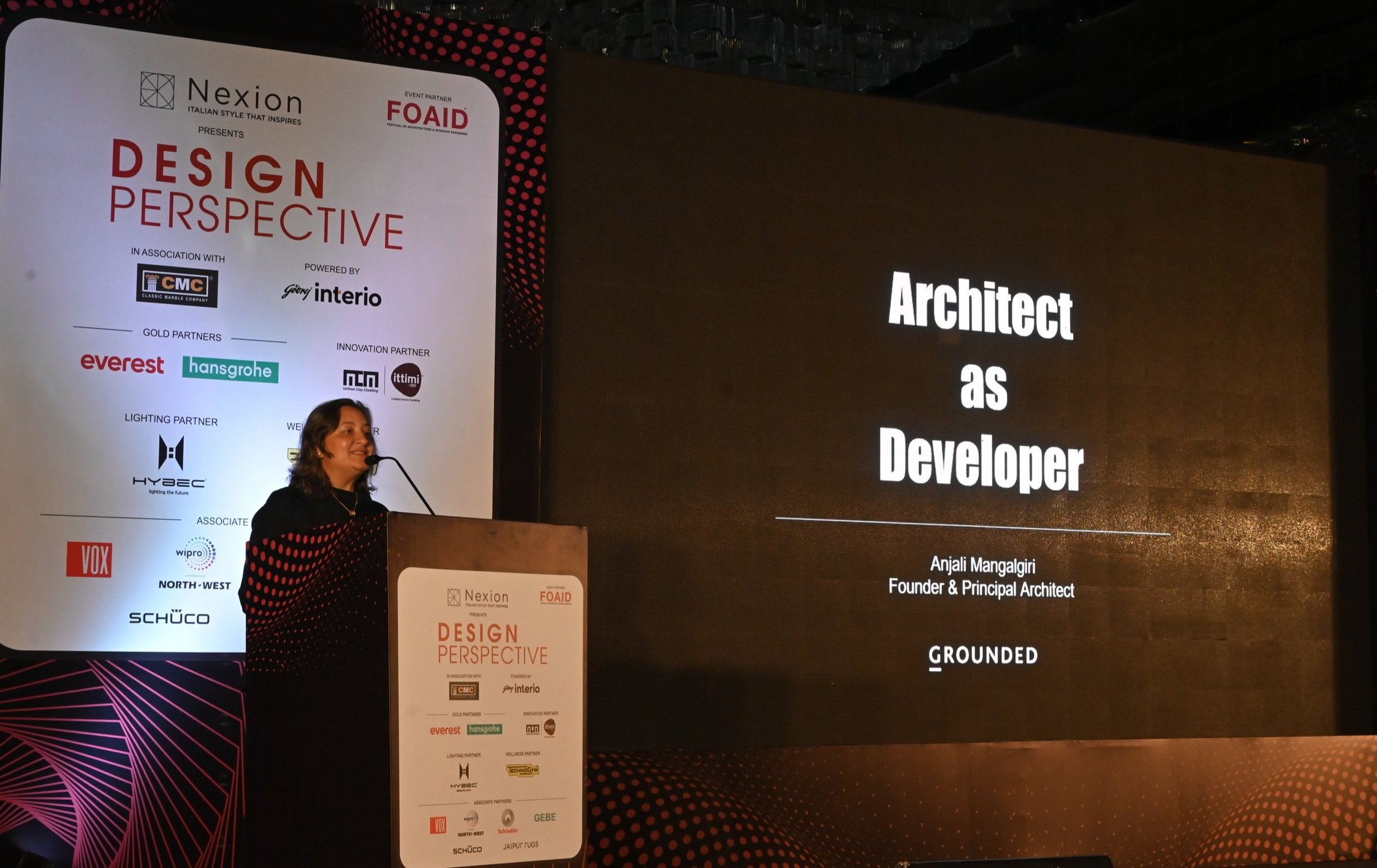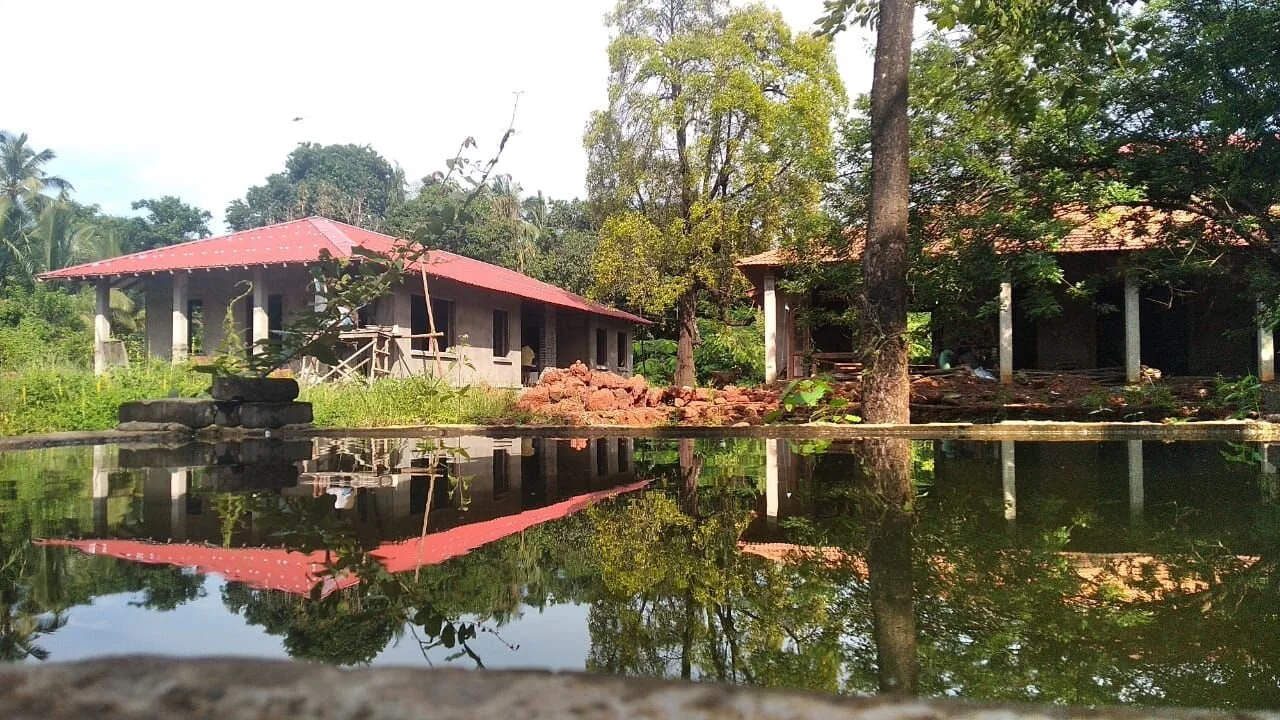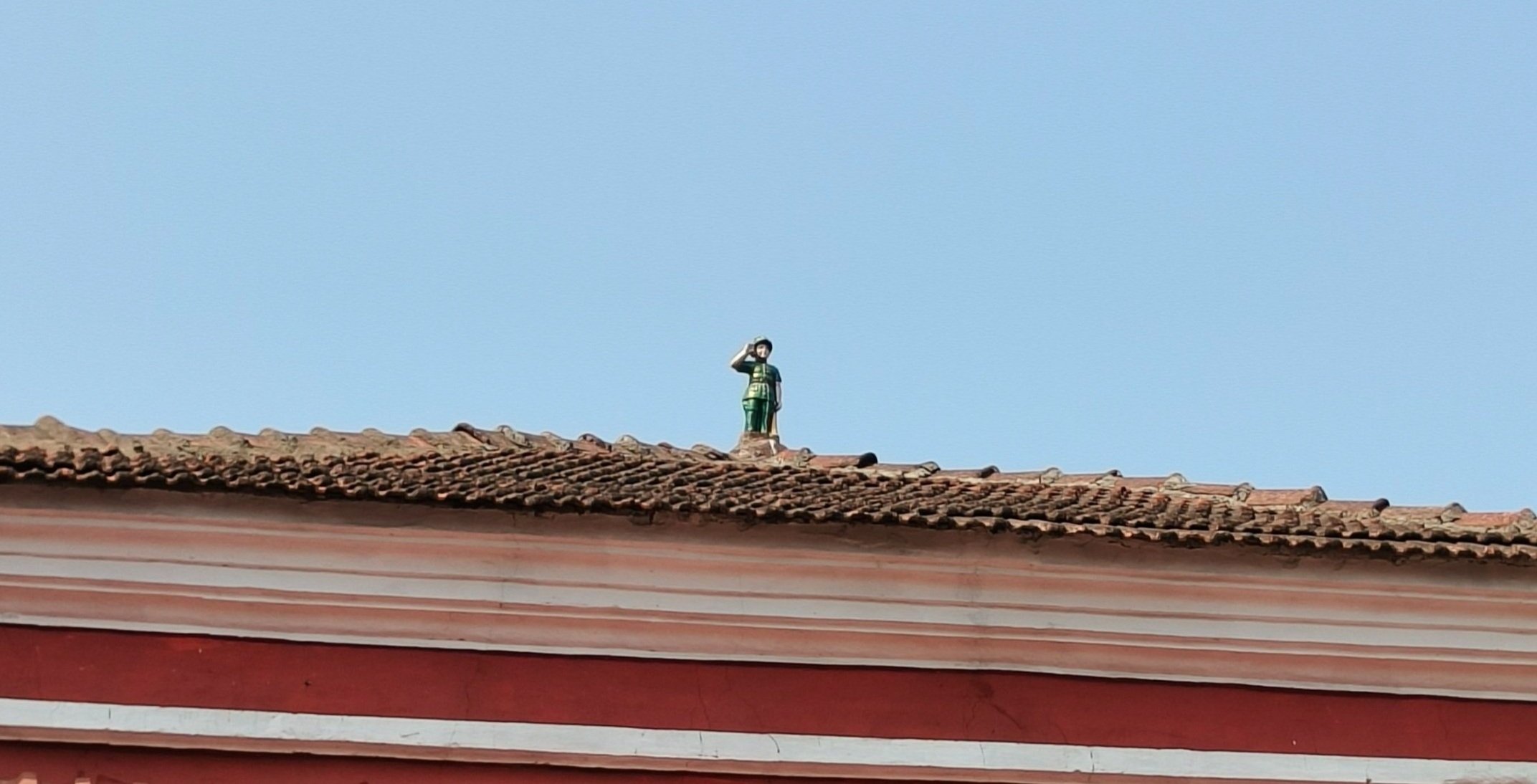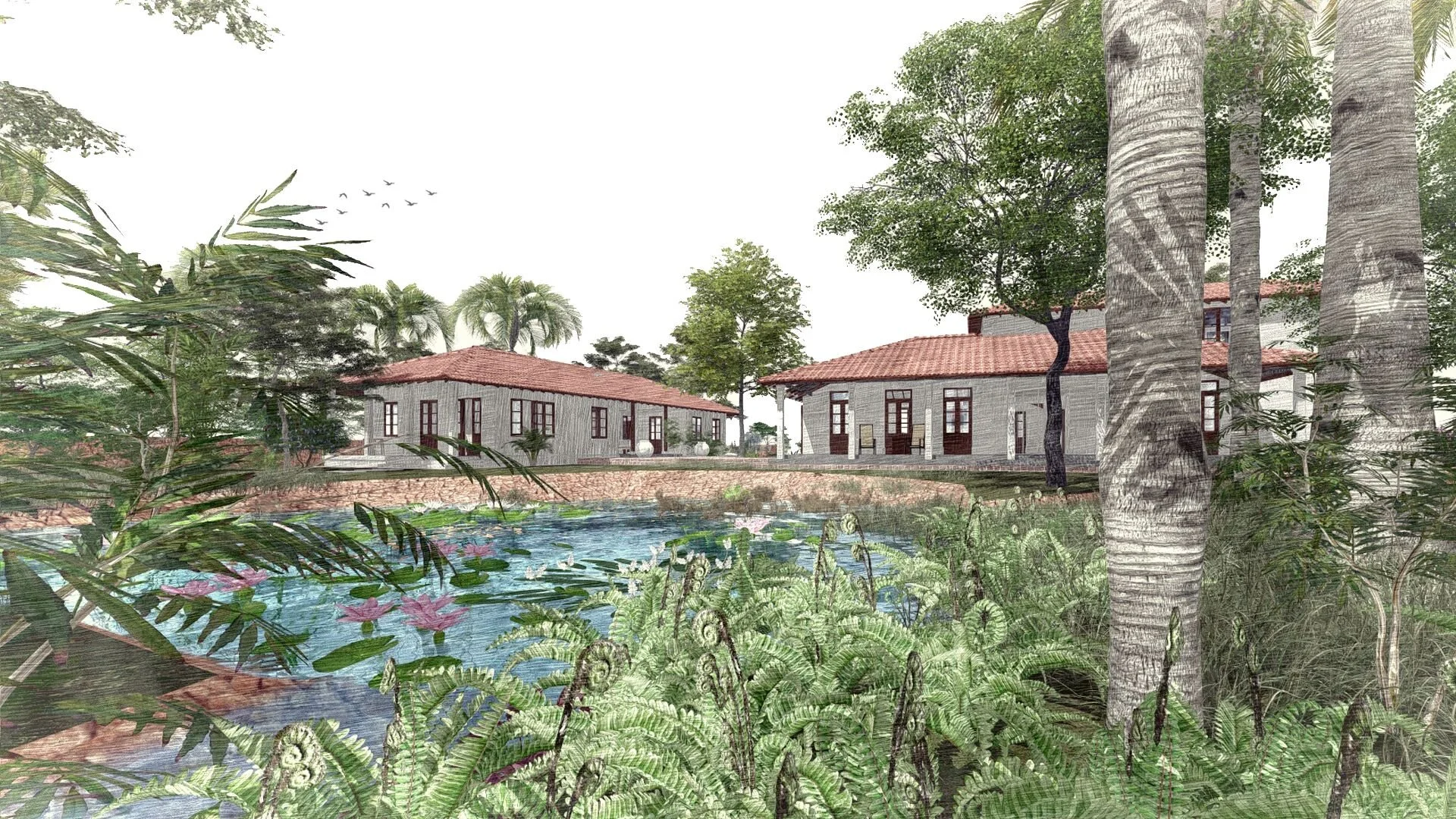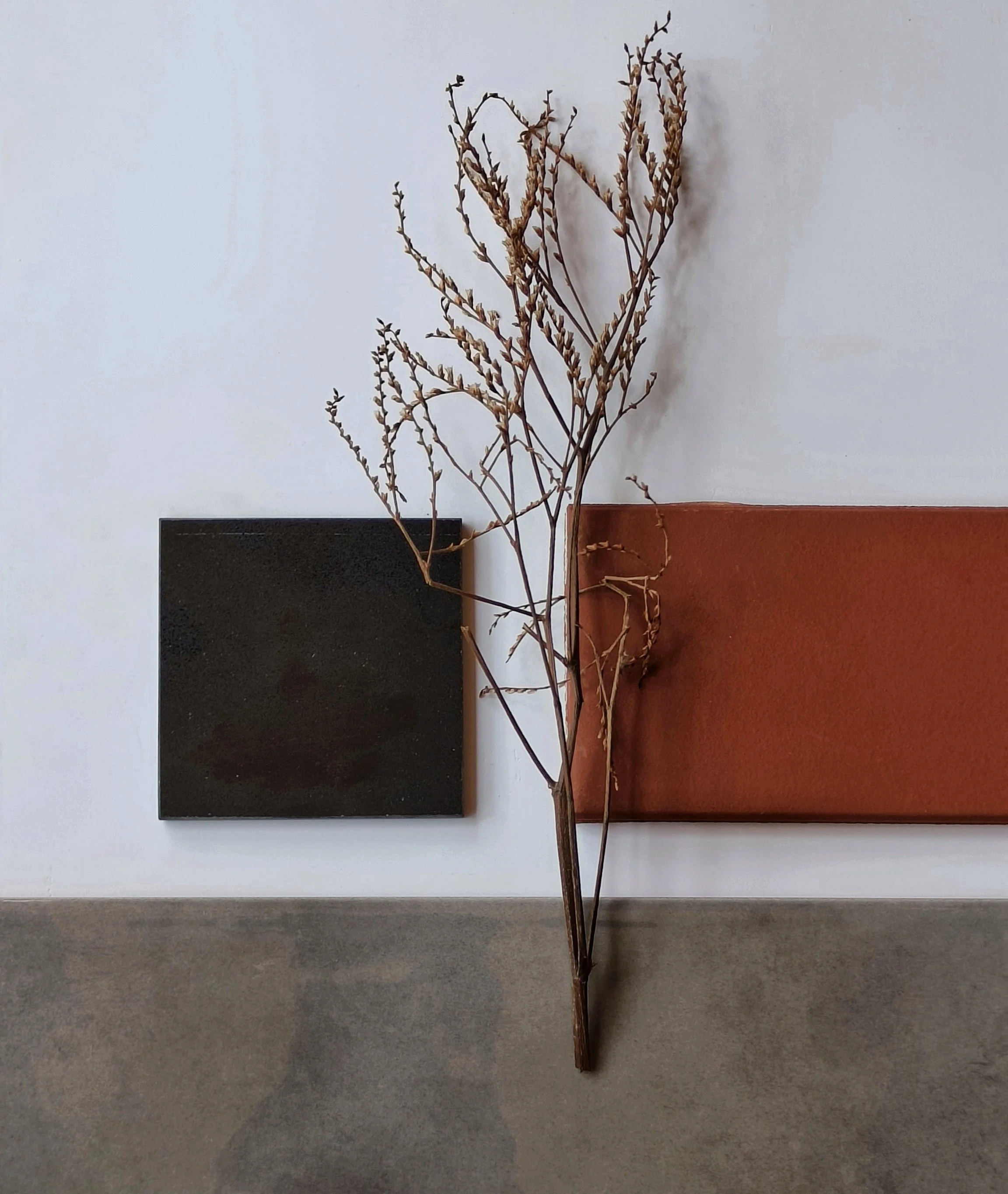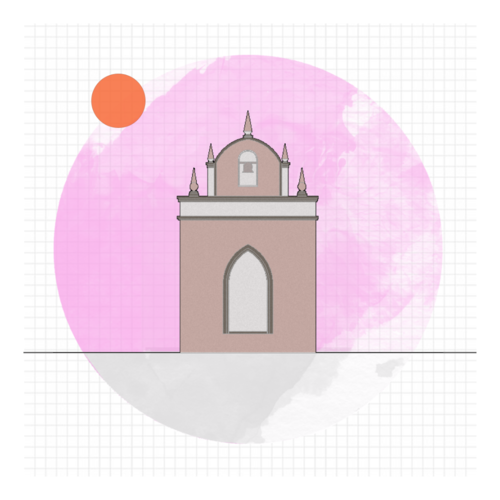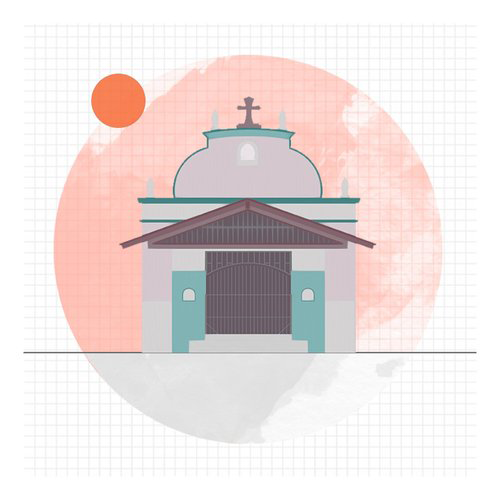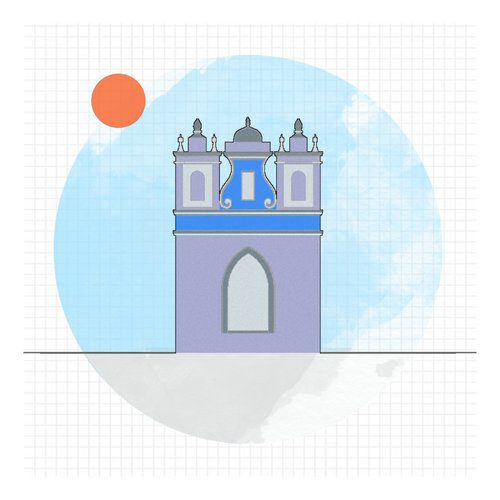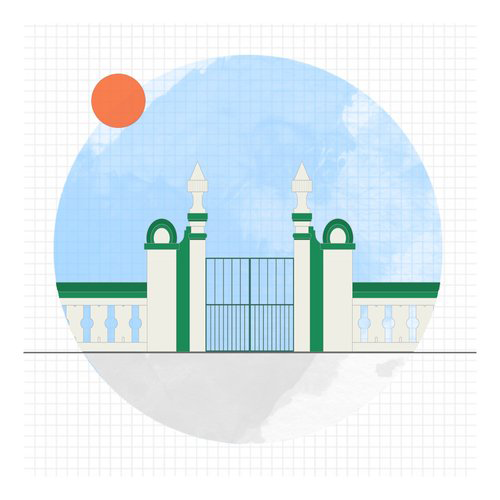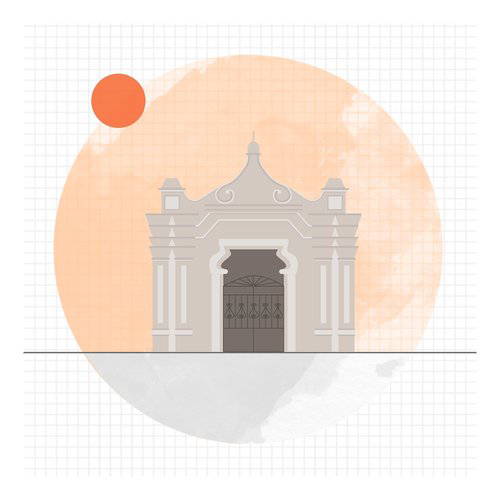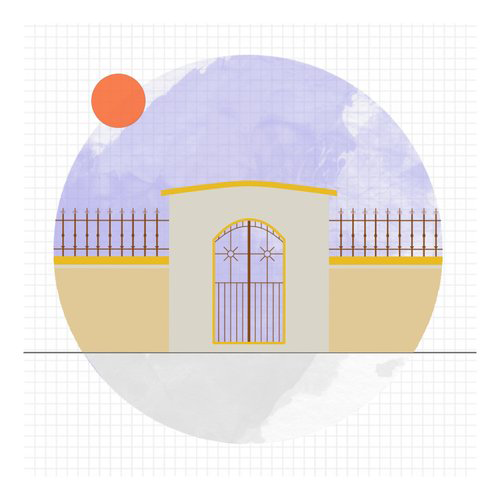There’s nothing more delightful than chancing upon an old comic book and sitting down to read the old stories all over again. To my excitement, I found a battered copy of Tinkle Digest printed 13 years ago, in 2008, and within it, a small tribute to our favourite Goa. Instantly transported me to the old churches and the Portuguese architecture, the sights and sounds of the wildlife and the seaside, the ever tempting scents of the bakeries and the unforgettable Goan thalis - in an nutshell, back to my life, times and memories in this truly special place. Enjoy.



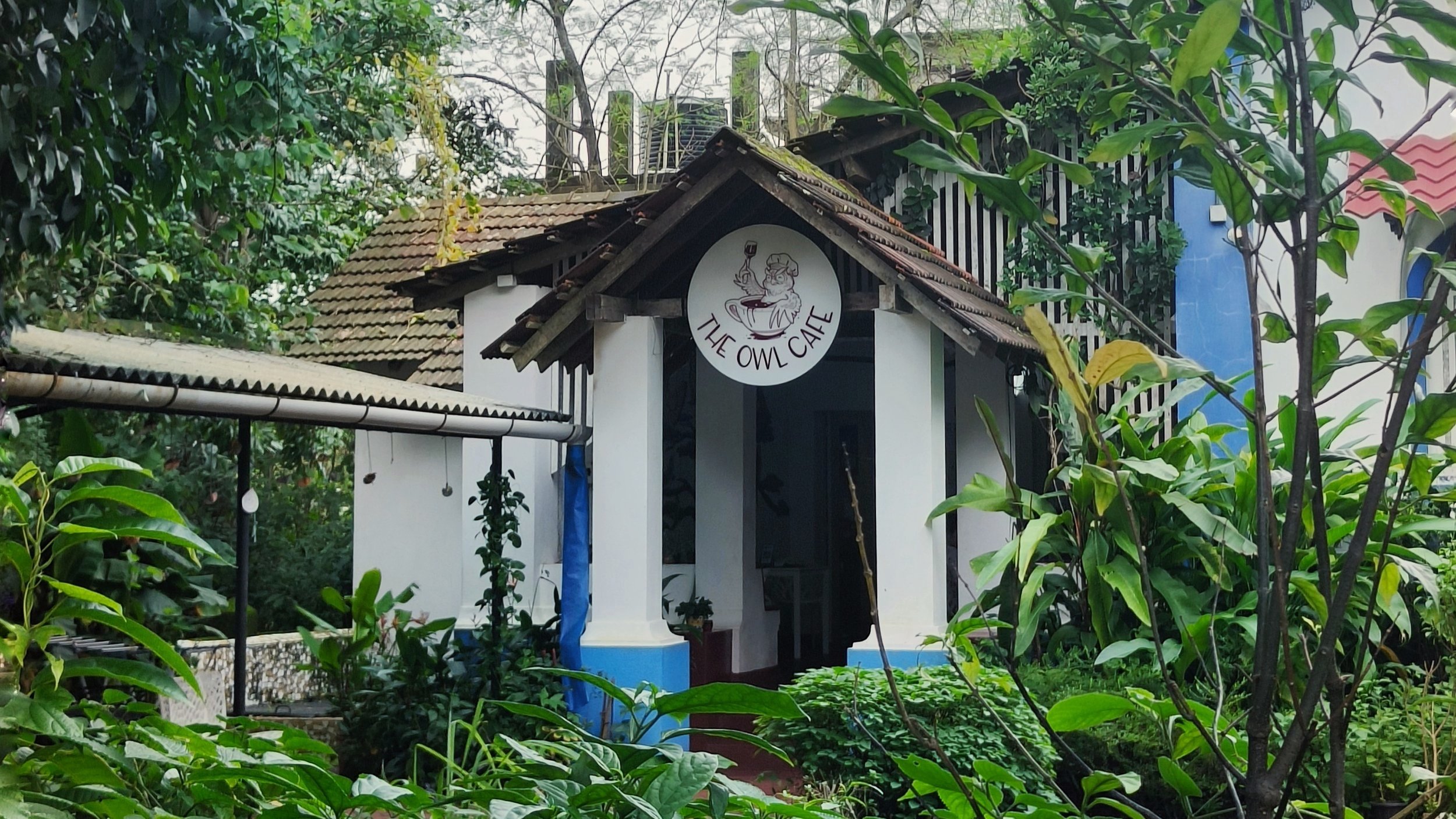
Team Grounded decided to head to Hampi for fresh inspiration. On day 1 we visited the Virupaksha Temple Complex, where we were left in awe by the magnificent Nine tiered temple. Next to the temple is the Hemkuta Hill, which left us so transfixed that we decided to spend the entire afternoon there watching the play of light against the monuments




